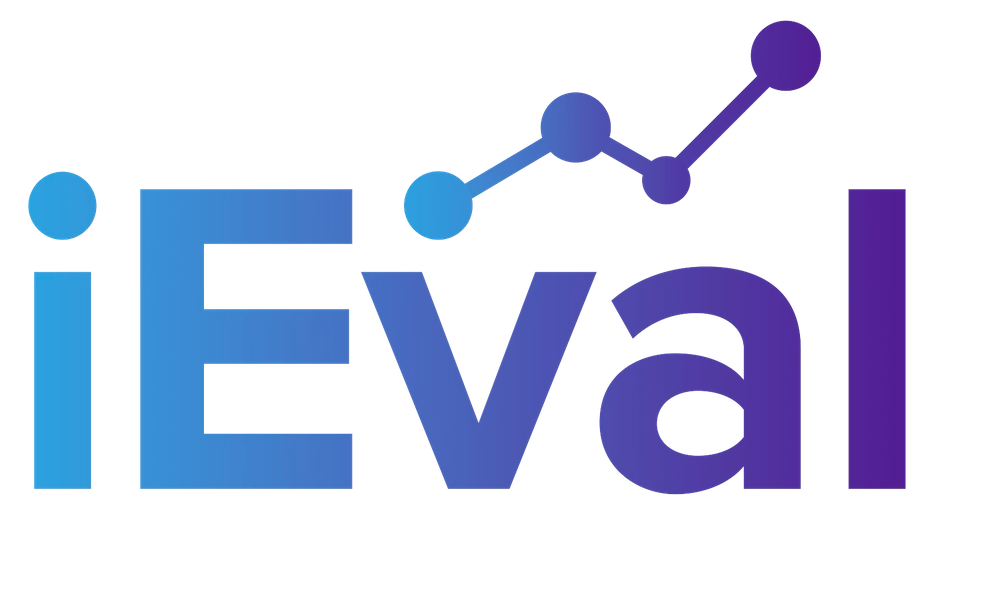Last week we talked a little about program improvements that were immediate and concrete and those that may take a while to indicate if they were meaningful or not. Sometimes it’s not the issue of being able to use findings immediately or being patient - the real issue is understanding what you have in front of you to potentially be able to use it for program improvement! How do you really know if your evaluation findings can be used for program improvement?
Here are some key questions you should ask yourself as you’re reviewing the evaluation report and findings:
✓ What were the original questions you wanted answered by the evaluation? Did the evaluation answer them?
Example: One of the original evaluation questions was “To what extent does our program impact parental behaviors in supporting their child’s homework time?” Does the evaluation report explain how parental behaviors were impacted and to what degree? Does it connect your work to the change in parental behaviors?
✓ Are the answers to the evaluation questions presented in a way that they are transferrable to action? Did the evaluation team make recommendations based on the findings?
Example: The evaluation report incorporates graphs and tables that highlight the fact that parents who participated in six or more hours of training on how to support their children at home during homework time made significant changes in their home support. The findings also indicated that two specific ways parents changed their homework support potentially connected to higher student academic achievement gains. With that information, it is clear that encouraging six hours or more of parental training while highlighting the two specific ways parents can amend their homework support could be beneficial to the students involved. The findings may have also uncovered a need to dig deeper - to understand what changes in parent homework support led to the least student academic achievement gains or even had detrimental effects.
✓ Who needs to be involved in translating the evaluation findings into program improvements?
Example: It’s important to ensure key staff are involved - curriculum developers, trainers, administrators, community partners, etc. Involving parents in redesigning the training to encourage more parental participation and a particular emphasis on specific desired changes might be a good idea. Something like that might not have necessarily been recommended by the evaluation, but you need to be able to take the evaluation findings and move them to the next level - to something actionable.
USEFUL TIP: By having an evaluation that answers key questions and presents the findings in an easily interpreted way, you can determine who needs to be involved in order to convert the findings into action.

